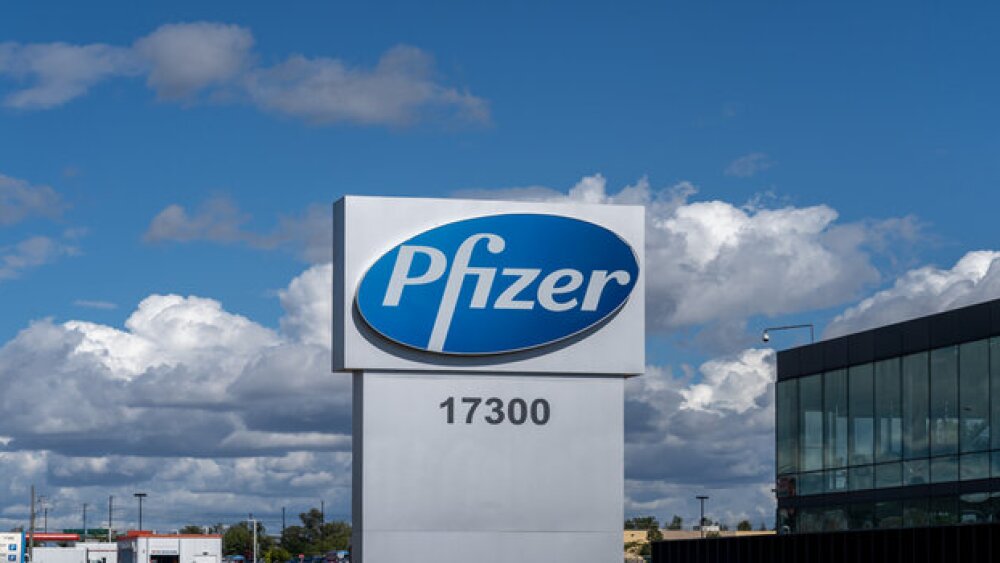Cambridge Crossing will enable innovative drug discovery platforms for chemistry, protein engineering, structural and synthetic biology, among other key modalities.
Cambridge Crossing/Courtesy of Sanofi
In the midst of an overall North American workplace revolution, Sanofi is redefining the meaning of a home base. On February 3, the global biopharmaceutical company unveiled a new unifying corporate brand that supports the modernization and transformation the company launched in December 2019.
Under the new branding, Sanofi united its Sanofi Pasteur and Sanofi Genzyme business units, as well as all other acquired brands, under a singular Sanofi name and brand, with a single purpose and identity. In May 2022, the company will also move to a cutting-edge new campus.
Dubbed Cambridge Crossing, the new facilities will hold the tools to develop innovative drug discovery platforms for chemistry, protein engineering, structural and synthetic biology, among many other key modalities. Key computational science capabilities like artificial intelligence, machine learning and bioinformatics will also be integrated across the campus.
“We want to build the lab of the future, and it’s always great to start that with a clean sheet,” Frank Nestle, M.D., Sanofi’s global head of research and chief scientific officer told BioSpace. “There are a lot of ‘omics’ in there: genomics, proteomics and lipidomics.” In order to build connected data sets and disease maps, “you need state-of-the-art chemical, biology, engineering and computational tools.” Those, he said, will all be housed within Cambridge Crossing.
Sanofi is one of the largest life science employers in the Boston-Cambridge area. With its workforce currently scattered across multiple different sites, the new campus will unite the leadership functions of Research, Development, manufacturing, commercial and medical affairs, enabling the vital “hallway conversations and transparent discussions”, shared Dietmar Berger, M.D., Ph.D., Sanofi’s chief medical officer and global head of development, which will enable a seamless handover of a molecule between research and development.
“Having that close collaboration is important, and that will hopefully help us to be much faster and much more integrated,” Berger said. In all, the new facilities will house 2700 team members across the specialty, R&D and corporate functions.
The current transformation actually dates back to 2019, when Sanofi adopted its “Play to Win” strategy under CEO Paul Hudson, which focuses on applying its platform for innovation to produce first- and best-in-class treatments and vaccines in the primary focus areas of immunology, oncology, neurology, rare diseases and genomic medicines.
“Connecting the dots is a key thing,” Berger said. The new logo features two purple dots, which represent the beginning and end of the scientific journey. The purpose of the new campus is to further facilitate this. “Having everybody in one facility will help connect the dots much more in a very open, transparent environment that literally facilitates and fosters exchange and synergies.”
Leveraging this infrastructure and these tools will assist Sanofi in achieving both its short- and long-term objectives.
“Eventually, what we want to do over the next 10 years is really to be the number one player in immunology. That’s what we set out to do, and the signs point toward a number one position in immunology by 2025,” Berger stated, adding that Sanofi also intends to be “among the top five or ten companies in oncology.”
Notably, Sanofi has built this sparkling new 900 thousand square foot campus in the midst of a COVID-19 pandemic that has heralded a transformation of its own – that of the North American workplace to a hybrid model. This speaks to the company’s belief in the enduring value of the physical office and face-to-face communication.
While Sanofi plans to continue tapping into the global talent pool through remote opportunities and intends to embrace a flexible hybrid model where appropriate, Berger said that having a home base for the development community is a “very integral” part of Sanofi’s offering as an employer.
“You also need the opportunities for these face-to-face exchanges,” he said. “You need to build that trust, you need to build that collaboration, you need to build the common understanding and mindset. Then you can go off and work from all these screens again, and then you come back.”
Existing as it does in this new reality, Nestle added that Cambridge Crossing will be equipped with the connectivity necessary for hybrid communication.
“There will be this kind of combination of real-world engagement and people joining in a more meta context,” he said. “The key thing is that we don’t disadvantage anybody. The person who cannot participate at the coffee machine is still as involved. That will be one of the challenges we’re going to face in the future, but that building will certainly be a test case.”
This is particularly important for a company of more than 90,000 whose global headquarters sits in Paris, France.
Nestle shared that the amenities and capabilities within the new facilities have already attracted the type of ambidextrous individuals the company is seeking – those who operate at the convergence between life sciences, data sciences and engineering. “That in itself is already worth the investment,” he said.
Cambridge Crossing is more than just a home for Sanofi and its current employees, however. Nestle shared that Sanofi has a larger vision, one of attracting future talent to the pharmaceutical industry.
“We’re becoming a presence in a neighborhood,” he said. “One of the dreams we have is opening up the building to high school kids or creating a fellowship. Maybe the next drug hunter comes out of the neighborhood and says, ‘I walked through this building when I was in high school, and I was impressed with what I saw.’”
Since joining the company in May 2019, Berger noted that “Sanofi has been on a transformation journey and has developed from a company primarily focused on primary care (in areas such as diabetes and heart disease) into a company with a much more specific focus on areas of large unmet medical need.” He said the current focus is “in areas where we can really make a difference for patients based on deep scientific understanding and developing first-in-class and best-in-class medicines rather than me too medicines.”
On this note, Berger shared that Sanofi has a number of ongoing clinical trials focused on the treatment of breast cancer, lung cancer and multiple myeloma, along with other indications. The company also expects more key data to emerge from its immunology portfolio.
Nestle shared that Sanofi’s immunology portfolio initially attracted him to Sanofi. “I saw the incredible potentials,” he said, “pathway medicines, which is basically standing on the shoulders of incredible science, and then the science drives it into different patient populations.”
Sanofi will begin the transition to Cambridge Crossing in the April/May timeframe and hopes to have all 2700 team members moved in by the time the first blizzard hits in winter 2023.








